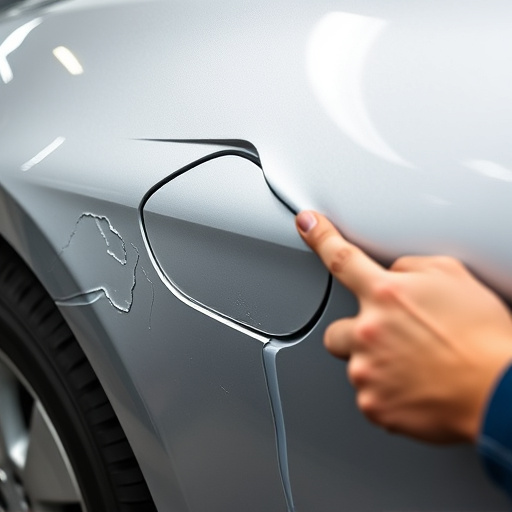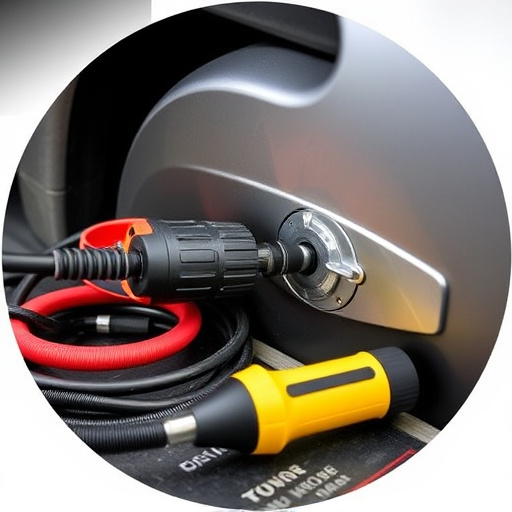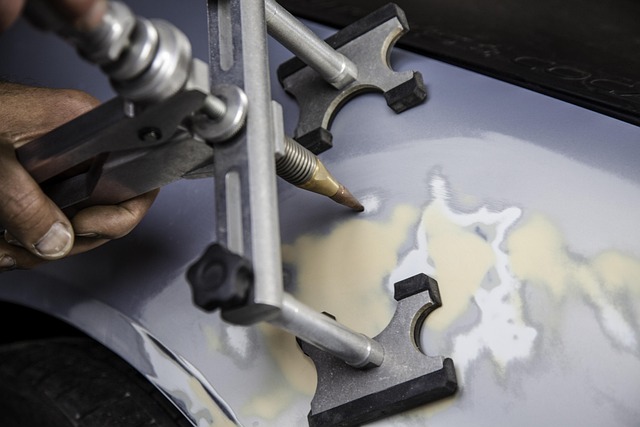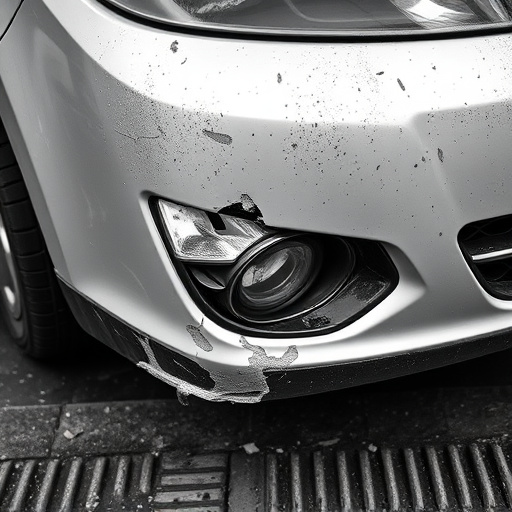Mercedes wheel alignment is crucial for safety, handling, and tire longevity. Regular checks (at least twice a year) are recommended, especially after tire changes. Timely correction improves fuel efficiency, reduces wear, enhances grip, and preserves car aesthetics. Advanced technology ensures accuracy, prolonging tire life and overall vehicle performance.
Ensure your Mercedes’ handling and safety with the right Mercedes wheel alignment. Whether you’ve installed new tires or replaced old ones, proper alignment is crucial. This article delves into the basics of Mercedes wheel alignment, guiding you through key moments for adjustment and highlighting benefits of precise alignment. Learn best practices to maintain optimal vehicle performance and extend tire lifespan.
- Understanding Mercedes Wheel Alignment Basics
- When to Perform Wheel Alignment After Tire Changes
- Benefits and Best Practices for Precise Alignment
Understanding Mercedes Wheel Alignment Basics

Mercedes wheel alignment is a critical component of vehicle maintenance that ensures your car handles smoothly and safely on the road. It involves adjusting the angles of each wheel to promote proper contact with the pavement, enhancing both steering precision and tire lifespan. When new or replaced tires are installed, getting the wheel alignment just right becomes even more crucial as it directly impacts the overall performance and longevity of these components.
Understanding the basics of Mercedes wheel alignment starts with recognizing its key benefits. Proper alignment enhances fuel efficiency by reducing uneven tire wear, which can lead to costly repairs like car dent removal or even necessitate an auto painting job due to irregular tread patterns. Moreover, it significantly improves vehicle stability and handling, making every drive more comfortable and secure. For Mercedes owners, regular wheel alignment checks are a vital part of maintaining their luxury vehicles’ performance and aesthetics.
When to Perform Wheel Alignment After Tire Changes

When it comes to Mercedes wheel alignment, timing is key. It’s recommended to perform an alignment immediately after installing new tires or replacing old ones. This ensures that your vehicle’s suspension system is correctly adjusted to accommodate the fresh rubber, promoting optimal performance and safety. A timely alignment can prevent uneven tire wear, which not only extends the lifespan of your tires but also keeps your car handling smoothly on the road.
Consider visiting a trusted collision repair center or auto body repair shop for professional Mercedes wheel alignment services. They have the specialized equipment and expertise to precisely adjust your vehicle’s wheels, aligning them with the manufacturer’s specifications. Regular alignments are crucial for maintaining proper tire pressure, enhancing fuel efficiency, and ensuring your car’s bodywork remains in pristine condition, avoiding costly repairs down the line.
Benefits and Best Practices for Precise Alignment

Mercedes wheel alignment is a critical process that ensures your vehicle’s wheels are perfectly straight and parallel to each other. When your wheels are correctly aligned, it brings multiple benefits for both performance and safety. For instance, precise alignment enhances fuel efficiency by minimizing tire wear and improving grip, leading to better handling and reduced risk of accidents. Moreover, it helps maintain the integrity of your car paint repair or classic car restoration efforts, as misaligned wheels can cause uneven tire wear that could compromise the aesthetics and value of your vehicle.
To achieve and maintain optimal Mercedes wheel alignment, best practices include regular checks (at least twice a year) and timely correction after replacing tires or undergoing extensive vehicle repair. Using advanced technology like laser alignment systems ensures accuracy down to fractions of degrees, resulting in longer tire life and enhanced overall performance. Remember that proper alignment also reduces vibrations and noise, providing a smoother ride for passengers and minimizing stress on other components, such as suspension systems, in your vehicle repair process.
Mercedes wheel alignment is a crucial process that ensures optimal vehicle performance and safety. By understanding when and how to perform alignments after tire changes, you can take advantage of enhanced handling, improved fuel efficiency, and prolonged tire life. Regular maintenance and adherence to best practices for precise alignment are key to keeping your Mercedes running smoothly on the road.














